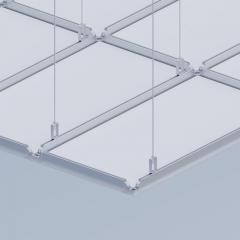
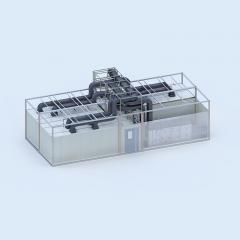
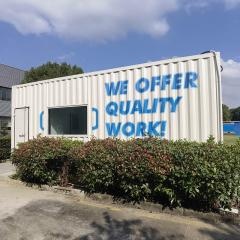
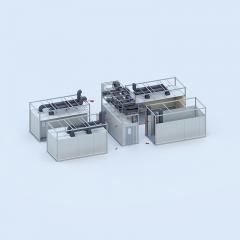
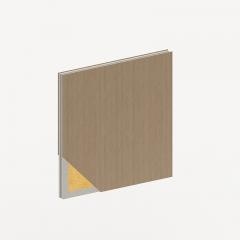
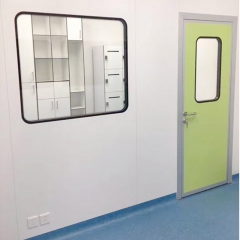
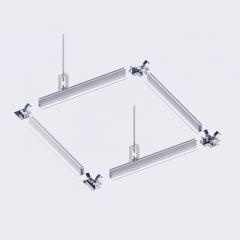
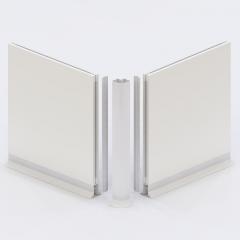
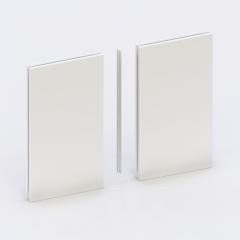
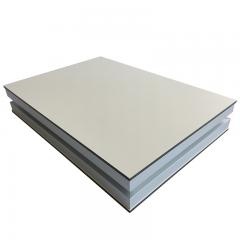
Clean room refers to the removal of particles, harmful air, bacteria and other pollutants in the air within a certain space, and the control of indoor temperature, cleanliness, indoor pressure, air velocity and air distribution, noise, vibration, lighting, and static electricity In a certain range of needs, and given a specially designed room. That is to say, no matter how the external air conditions change, the room can maintain the original set requirements of cleanliness, temperature, humidity, and pressure. The main function of the clean room is to control the cleanliness, temperature and humidity of the atmosphere that the products (such as silicon chips, etc.) contact, so that the products can be produced and manufactured in a good environmental space. This space is called a clean room.
One. Indicators of clean room.
1. The air supply in the clean room is sufficient to dilute or eliminate the pollution generated in the room.
2. The air in the clean room flows from the clean area to the area with poor cleanliness. The flow of contaminated air reaches the lowest level, and the air flows in the correct direction at the door and in the indoor building.
3. The air supply in the clean room will not significantly increase indoor pollution.
4. The movement state of the indoor air can ensure that there is no high concentration gathering area in the secret room.
Two.Clean room testing.
1. Air supply and exhaust air volume: If it is a turbulent clean room, the air supply and exhaust air volume must be measured. If it is a one-way flow clean room, the wind speed must be measured.
2. Airflow control between each zone: In order to prove that the airflow movement direction between each zone is correct, that is, it flows from the clean area to the area with poor cleanliness, it is necessary to check:
(1) The pressure difference in each section is correct;
(2) The direction of air movement at the doorway or openings on the wall, floor, etc. is correct, that is, it flows from the clean area to the area with poor cleanliness.
3. Filter leak detection: The high-efficiency filter and its frame should be inspected to ensure that suspended pollutants will not pass through: (1) Damaged filter; (2) The gap between the filter and its outer frame;
(3) Other parts of the filter device invade the room.
4. Isolation leak detection: This test is to prove that suspended pollutants do not penetrate the building materials into the clean room.
5. Indoor airflow control: The type of airflow control test depends on the airflow mode of the clean room-turbulent flow or unidirectional flow. If the air flow in the clean room is turbulent, it must be verified that there is no area with insufficient air flow in the room. If it is a one-way flow clean room, it must be verified that the wind speed and direction of the entire room meet the design requirements.
6. Suspended particle concentration and microbial concentration: If the above tests meet the requirements, the particle concentration and microbial concentration (when necessary) are finally measured to verify that they meet the technical conditions of the clean room design.
7. Other tests: In addition to the above-mentioned pollution control tests, sometimes one or more of the following tests must be carried out: Temperature, relative humidity, indoor heating and cooling capacity, noise value, light intensity, vibration value
Welcome inquiry sliding doors for clean room、panel hpl、cleanroom windows and clean room false ceiling from wonzone.